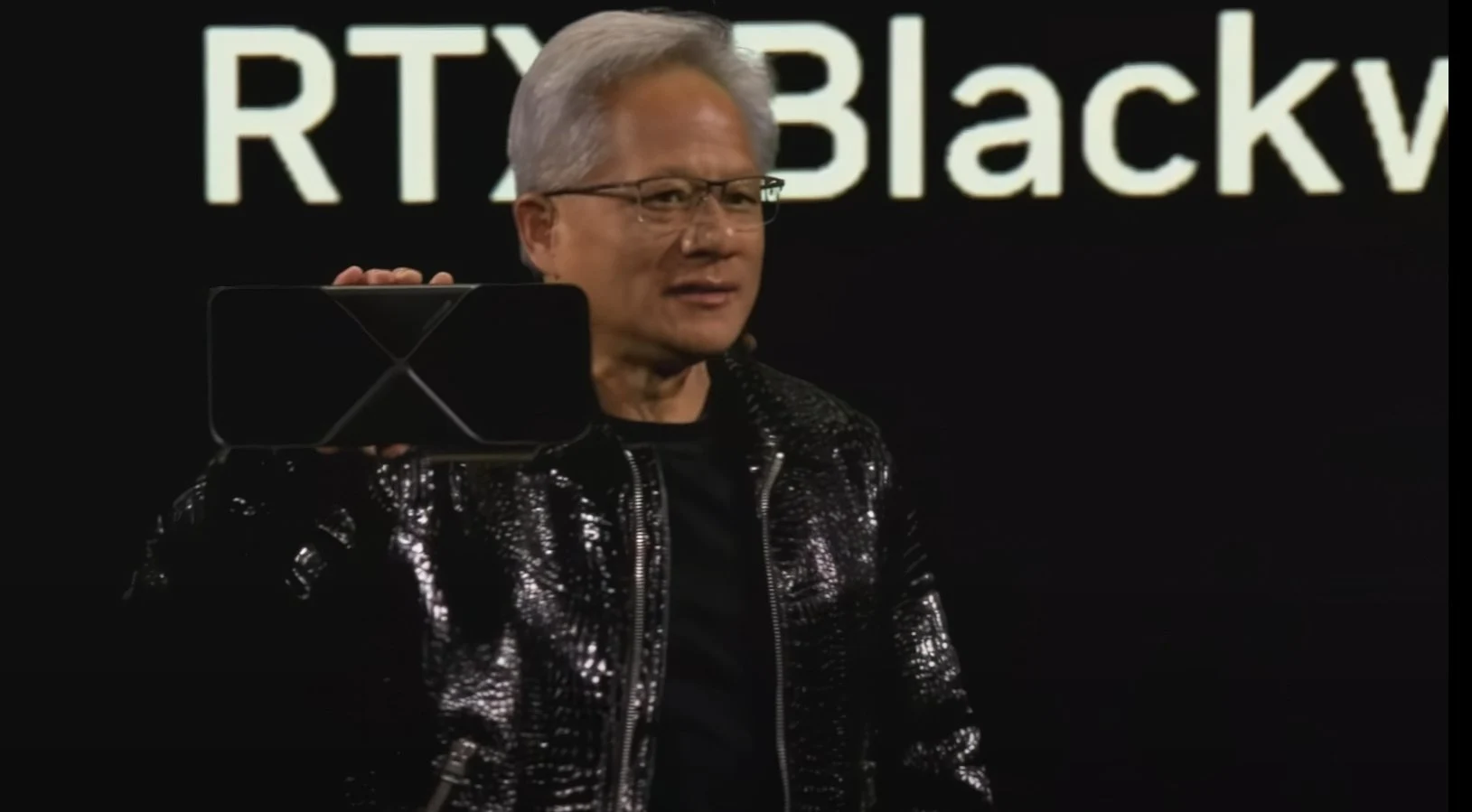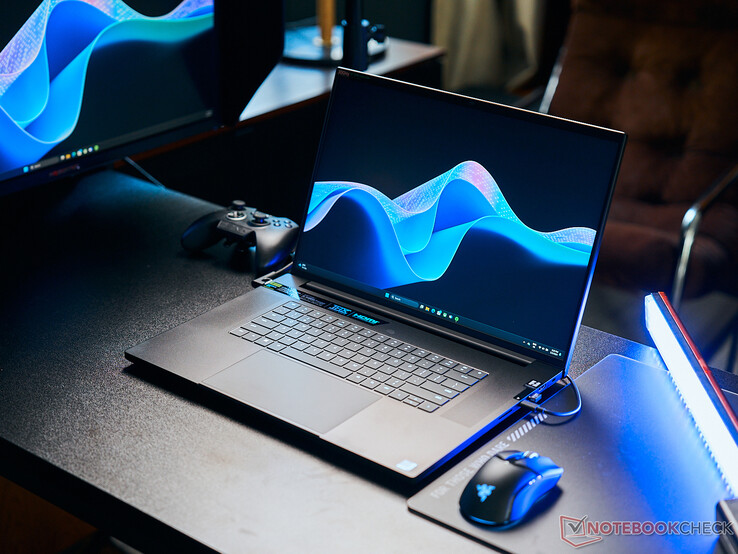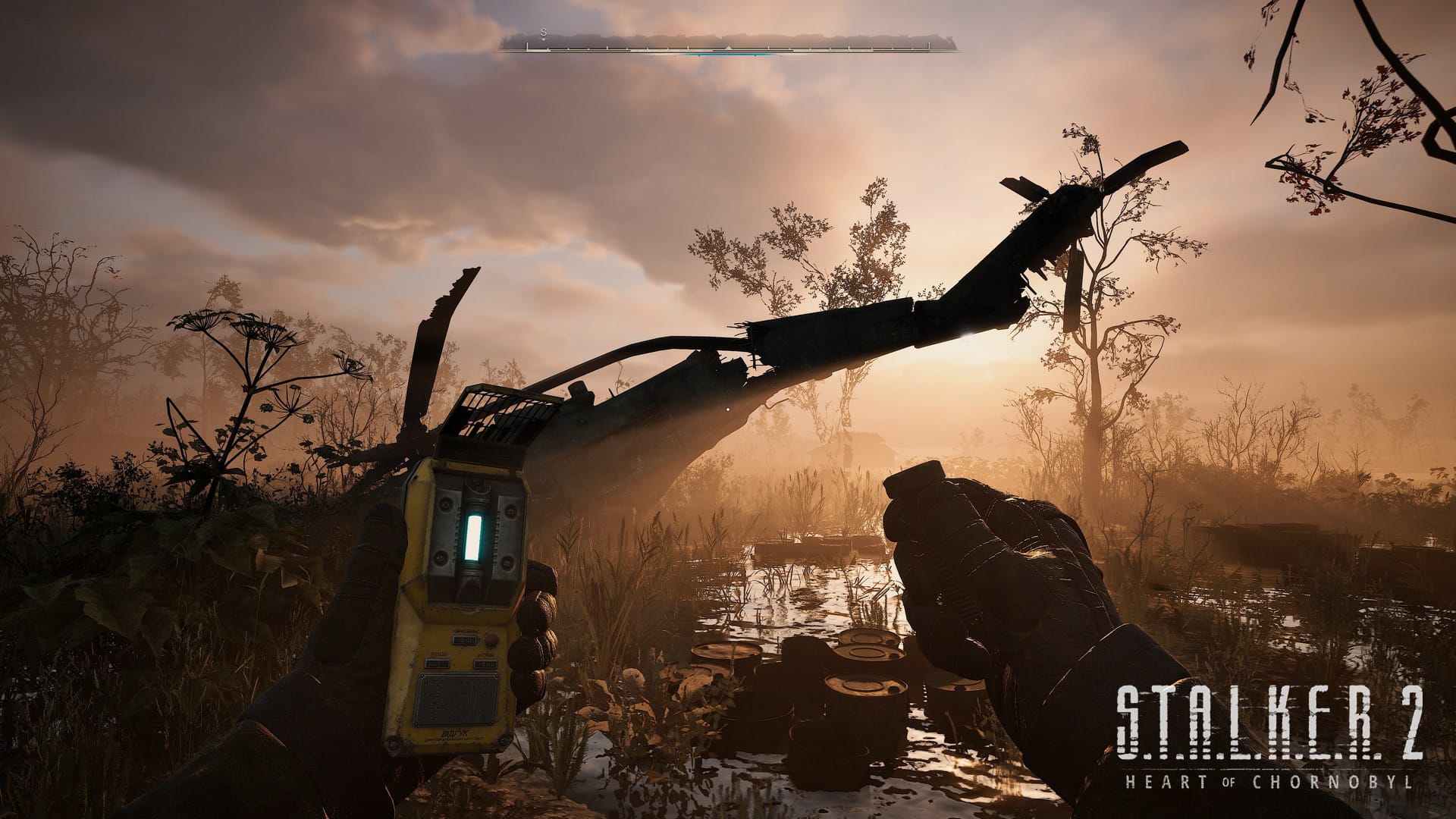Key Takeaways
1. Nvidia’s new RTX toolkit beta features “Neural Rendering,” enhancing gaming visuals and performance through AI technologies.
2. RTX Neural Materials allow for faster rendering of complex materials, making games capable of using more detailed assets.
3. RTX Neural Texture Compression can reduce graphics memory usage by up to seven times, significantly lowering texture size while maintaining quality.
4. The technology may impact frame rates, with an average FPS drop of 5.6% due to the computational demands of texture compression, especially at higher resolutions.
5. Nvidia aims to create highly realistic human characters in games by combining 3D motion data with extensive photographic data of real individuals.
Nvidia has launched a new beta version of its RTX toolkit, which includes a feature named “Neural Rendering,” hinting at what the future of gaming might look like. While DLSS has already been using artificial intelligence to upscale games to higher resolutions and add three extra frames per second, Nvidia’s forthcoming AI shaders promise to enhance this experience.
AI Innovations in Gaming
A key feature of these new AI advancements is RTX Neural Materials. This innovative technology leverages AI to compress intricate materials, enabling them to be rendered up to five times quicker, which opens the door for games to use much more intricate assets. Additionally, RTX Mega Geometry dynamically recalculates the geometry of objects in real time, paving the way for improved path tracing and more lifelike lighting effects.
Enhanced Texture Management
On the flip side, RTX Neural Texture Compression is aimed at compressing thousands of textures in less than a minute. This technology can decrease graphics memory usage by up to seven times when compared to traditionally compressed textures of the same quality.
A video from Compusemble demonstrates RTX Neural Texture Compression and shows how AI-driven compression can significantly lower the memory usage of a 1440p model by as much as 96% compared to the reference texture. However, this comes at a cost, as the average frame rate dips by 5.6% due to the computing power needed for texture compression. The performance gap widens even more at higher resolutions; with 4K textures, average FPS on an Nvidia GeForce RTX 4090 nearly drops by half.
Future of Gaming Characters
Despite this, in games that struggle with the limited VRAM found in GPUs like the GeForce RTX 4060 (starting at $299 on Amazon), this texture compression may result in much better frame rates. Since Neural Texture Compression operates on tensor cores, it is expected to perform better on GeForce RTX 5000 series graphics cards compared to their older counterparts.
Nvidia’s RTX kit also aims to create human characters in games that are so lifelike they are nearly indistinguishable from actual people. To achieve this realism, Nvidia merges raster data of a face from photographs or AI-generated images with 3D motion data, crafting the most authentic models possible. Nvidia states that building such a model requires thousands of images of a real person, captured from various angles and expressing a wide range of emotions for accurate reproduction later on.
Source:
Link











